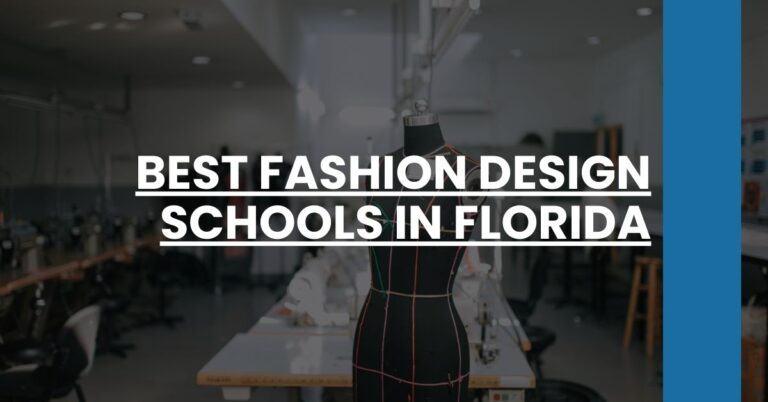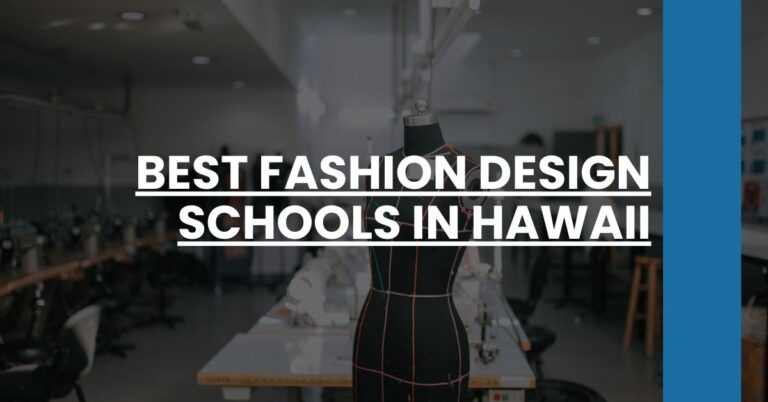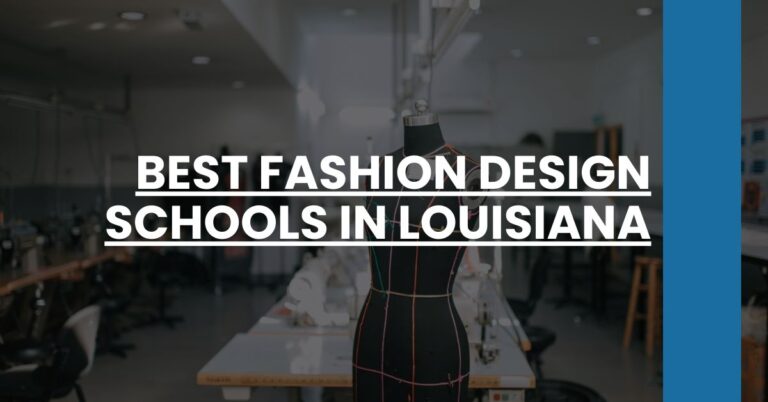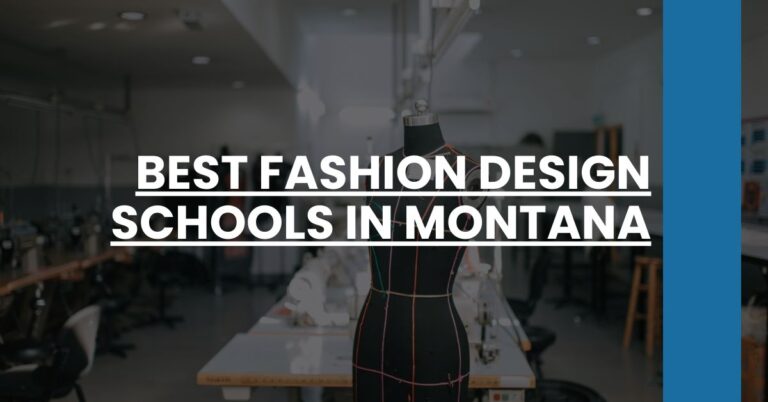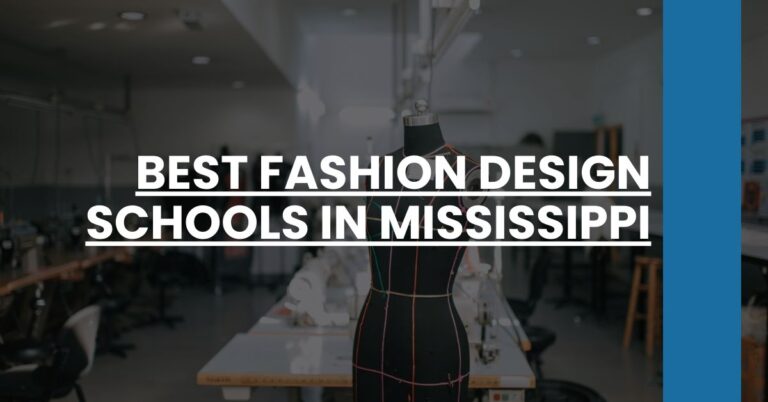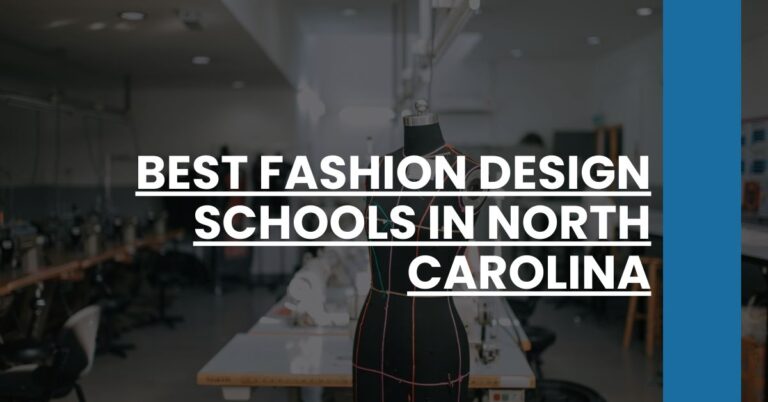- Fashion Design SCHOOLS GUIDANCE
Fashion Design Prep Helps You Find The Right
School For You
Choosing the right fashion design school is a critical step for anyone serious about a career in fashion. The USA is home to some of the most prestigious fashion design schools in the world, offering comprehensive programs.
Lastest Resources
What Is Fashion Design About?
Discover the Art of Fashion Design
Fashion design is the art of applying design, aesthetics, and natural beauty to clothing and its accessories. It is influenced by cultural and social attitudes and has evolved over time and place. Fashion designers work in a number of ways to create garments and accessories such as bracelets and necklaces. The journey of fashion design involves several key stages:
Concept Development: This initial stage involves brainstorming ideas and creating mood boards that capture the essence of the designer’s vision. Designers often draw inspiration from art, history, culture, and nature.
Sketching and Illustrations: Once the concept is clear, designers create detailed sketches of their designs. These sketches are then translated into technical illustrations that guide the production process.
Fabric Selection: Choosing the right fabric is crucial. Designers must consider the texture, color, and drape of the fabric to ensure it aligns with their vision and is suitable for the intended design.
Pattern Making: This technical phase involves creating patterns from the sketches. These patterns serve as templates for cutting the fabric pieces that will be assembled into the final garment.
Construction: During this phase, the fabric pieces are sewn together to create the garment. This involves a high level of craftsmanship and attention to detail to ensure the garment meets the designer’s standards.
Fitting and Adjustments: The garment is fitted on a model or dress form, and necessary adjustments are made to ensure a perfect fit. This may involve altering seams, adjusting hemlines, and making other modifications.
Final Presentation: Once the garment is complete, it is styled and presented. This could be through a fashion show, photoshoot, or other media to showcase the designer’s work to potential buyers and the public.
Key Aspects of Fashion Design
Creativity and Innovation: Fashion design is a creative field that requires a constant flow of new ideas and innovations. Designers must stay ahead of trends and continually push the boundaries of style and aesthetics.
Technical Skills: Besides creativity, fashion designers need strong technical skills, including sewing, pattern making, and computer-aided design (CAD). These skills are essential for turning ideas into wearable garments.
Understanding of Trends: Successful designers have a keen eye for trends and can predict what will be popular in the future. This involves understanding the fashion cycle and consumer behavior.
Marketing and Branding: Fashion designers also need to be savvy marketers. Building a strong brand and promoting their designs through various channels is key to their success.
Sustainability: Modern fashion design increasingly emphasizes sustainability. Designers are focusing on eco-friendly materials, ethical production practices, and reducing waste.
The Collaborative Nature of Fashion Design
Fashion design is inherently a collaborative process, requiring the efforts and expertise of many individuals to bring a single garment or collection to life. Each stage of the design and production process involves teamwork and communication:
Design Teams: Many designers work within design teams that include other designers, assistants, and interns. These teams brainstorm, critique, and refine ideas together, ensuring a diverse range of perspectives and creativity.
Pattern Makers and Seamstresses: Designers rely heavily on the technical skills of pattern makers and seamstresses. Pattern makers translate sketches into patterns, while seamstresses bring the designs to life through precise construction techniques.
Fabric and Material Specialists: Selecting the right materials involves working with fabric specialists and suppliers who provide insights into the latest materials and trends. Collaboration with these specialists ensures the best choices for quality and sustainability.
Stylists and Models: Once garments are created, stylists play a crucial role in presenting the pieces in the most flattering way. Models, who wear the designs during fittings and fashion shows, also provide feedback that can be vital for final adjustments.
Photographers and Marketers: The final presentation and promotion of fashion designs involve photographers, marketing teams, and social media managers. Their work ensures that the designs are showcased to the world in the best possible light.
Retailers and Buyers: Finally, collaboration with retailers and buyers is essential to get the designs into stores and online platforms. Their feedback on trends and consumer preferences can guide future collections.
This collaborative effort highlights the interconnected nature of fashion design, where the success of a designer depends not only on their individual talent but also on the contributions of a broader team.

